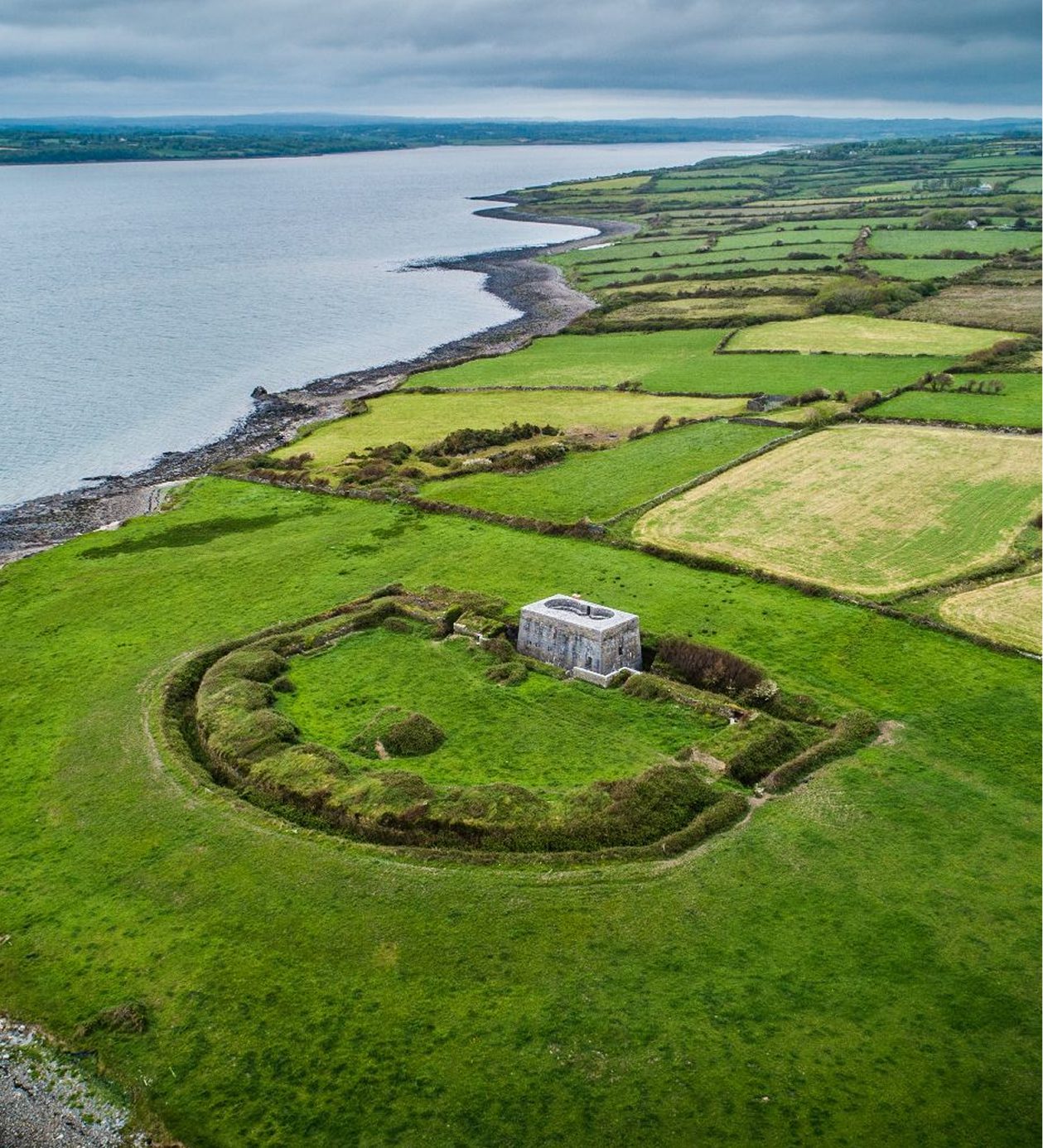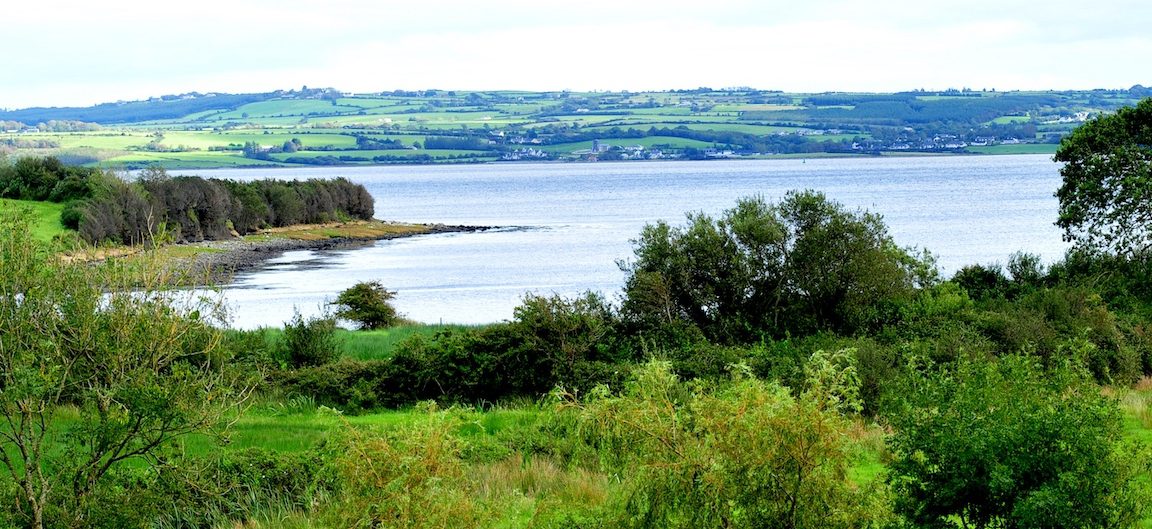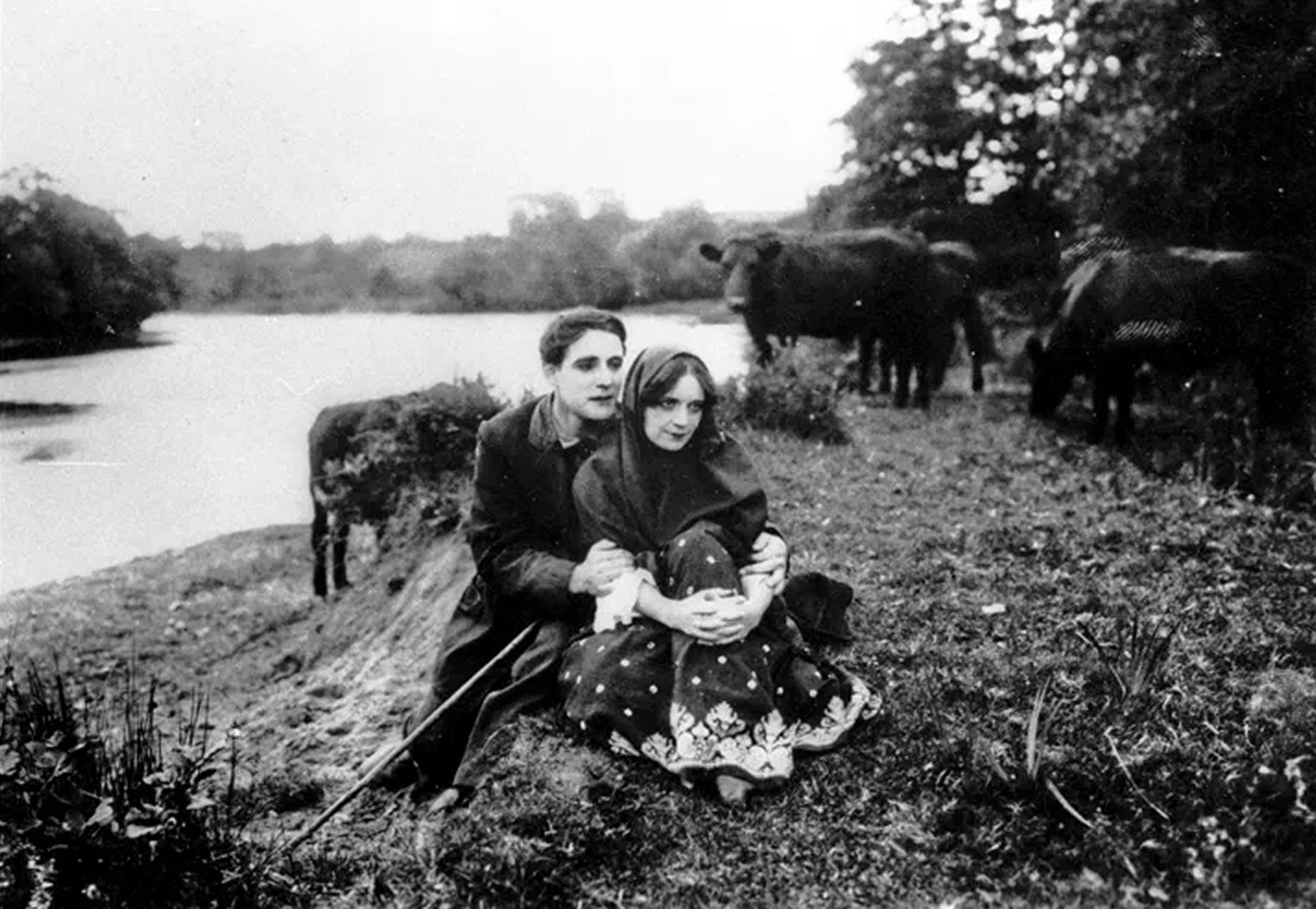Kilkerrin Battery Fort:
A Napoleonic Legacy

In the early 1800s, the British constructed several battery forts along the Shannon Estuary to defend against a potential Napoleonic invasion. Among these, Kilkerrin Battery Fort, near the village of Labasheeda, is the best preserved. Built between 1811 and 1814, its sturdy stone walls have endured for over two centuries.For much of the 19th century, the battery remained active, with stationed soldiers even growing vegetables in the surrounding fields. After its eventual abandonment, the fort fell into disrepair. In 1973, the land was sold to a local farmer, and while a community-led restoration was carried out in the 1980s, the site still awaits further conservation today. Perched at the tip of the Labasheeda Peninsula, this stronghold is a fascinating reminder of Ireland’s strategic significance during the Napoleonic era and its role in the broader military history of the British Empire.
The King of Kilkerrin Castle
The rich history of Kilkerrin Fort has continued to inspire local lore and national attention. In a beautifully written piece, The Irish Times explored the story of a local figure known as “The King of Kilkerrin Castle”—a charming glimpse into life and legend in this historic area.
Scattery Island
Inis Cathaigh, or Scattery Island, is strategically located at the mouth of the Shannon, guarding the entrance to the calm waters and rich farmland along the shores. The island first appears in the history books as the home of a mythical beast called An Cathach, for whom the island was named (Inis Cathaigh means ‘Island of the Cathach’ in English). It is said that a holy man known as Senan drove out the beast from the island in the year 520, claiming it as his site for a monastery and place of reflection. Over time, the island’s population swelled sufficiently to require the construction of several chapels, an oratory and the imposing round tower that is standing to this day. This tantalising prospect was raided by some of the earliest Vikings (Danish and other Norse invaders) to the west coast of Ireland, with the first of many such raids occurring in 815. In later times, when the city of Limerick had been established by the Danish, they had extended their kingdom as far as Scattery Island by 970, using it to control maritime traffic on the Estuary towards Limerick and as a base in its own right. Indeed, in 974, the King of the Scottish Isles made a daring capture of Ivar, King of Limerick, from Scattery Island. Ivar escaped the following year, only to meet his death in 977 on Scattery Island at the hands of the famous King of Thomond (and, later, Ireland) Brian Ború. Up to 1969, Scattery Island was inhabited by several families, many of whom farmed sheep on its fertile soil. A tour to the Island is recommended and can be visited from the nearby town of Kilrush.
The Shannon Dolphins
The dolphins are found most commonly in the section of Estuary between Kildysart and Kilrush, but are known to venture as far upstream as Limerick City, and as far abroad as the North Clare coast and south to Tralee. Clearly, they’re fans of the Wild Atlantic Way, too! It’s possible to go on boat trips to see the dolphins, from Kilrush and Carrigaholt (15 minutes and a 25-minute drive from Beds of Silk, respectively). Lucky passengers on the Killimer-Tarbert Ferry between Clare and Kerry often sight the dolphins playing in the Estuary as the ferry crosses the waters.
Retreat Awaits
Our cozy huts offers a perfect escape from reality.




